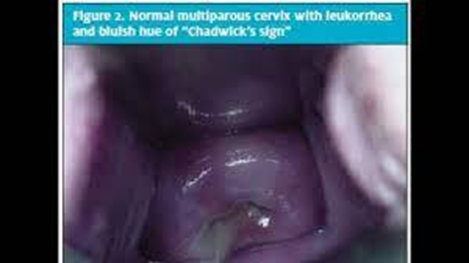A nurse is instructing a female client about how to check the basal temperature in order to determine if the client is ovulating. The nurse should instruct the client to check her temperature at which of the following times?
On the day 14 of her menstrual cycle
Every morning before arising
2 hours following intercourse
At noon after lunch
The Correct Answer is B
a. Not every woman ovulates on day 14 of her cycle, and the basal temperature only rises after ovulation, not before.
b. The basal temperature is the lowest body temperature during a 24-hour period.
It is usually measured first thing in the morning before any physical activity or eating. The basal temperature can indicate when a woman is ovulating, as it tends to rise slightly (about 0.5°F or 0.3°C) after ovulation and remain elevated until the next menstrual period. By tracking the basal temperature over several cycles, a woman can identify her most fertile days and plan accordingly.
c. Intercourse can affect the body temperature and give a false reading.
d. The basal temperature is influenced by factors such as food, drink, stress, and activity, so it should be measured before any of these occur.
Nursing Test Bank
Naxlex Comprehensive Predictor Exams
Related Questions
Correct Answer is C
Explanation
a. Darkening of the areola and breast tenderness are common symptoms of early pregnancy but are not associated with Chadwick's sign.
b. Softening of the lower segment of the uterus is associated with Hegar's sign, not Chadwick's sign.
c. Chadwick's sign is the violet or purplish discoloration of the vulva, vagina, and cervix due to increased blood flow during pregnancy.
d. Presence of early fetal movements is not associated with Chadwick's sign.

Correct Answer is C
Explanation
a. ROA means right occiput anterior, which would imply that the fetal back is on the mother's right side.
b. RSA means right sacrum anterior, which would imply that the fetal buttocks are in the pelvis inlet and the fetal head is in the fundus.
c. LOA, which means left occiput anterior means that the fetus is in a longitudinal lie, with its head as the presenting part, facing the right posterior quadrant of the mother's pelvis, and its back on the mother's left anterior side. This is one of the most common and favorable fetal positions for delivery.
d. LSP means left sacrum posterior, which would imply that the fetal buttocks are on the mother's left side and slightly rotated toward the back (posterior).
Whether you are a student looking to ace your exams or a practicing nurse seeking to enhance your expertise , our nursing education contents will empower you with the confidence and competence to make a difference in the lives of patients and become a respected leader in the healthcare field.
Visit Naxlex, invest in your future and unlock endless possibilities with our unparalleled nursing education contents today
Report Wrong Answer on the Current Question
Do you disagree with the answer? If yes, what is your expected answer? Explain.
Kindly be descriptive with the issue you are facing.
